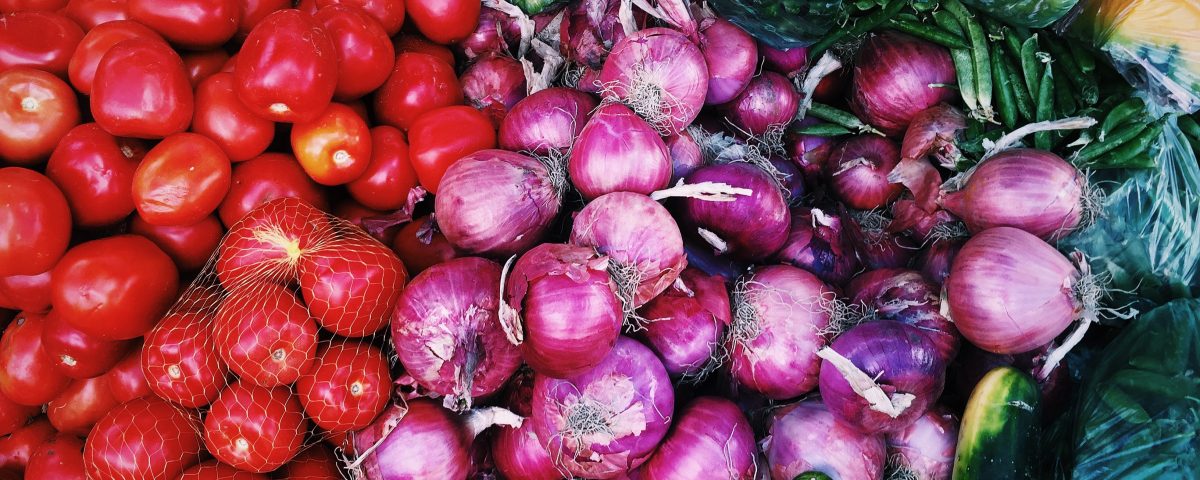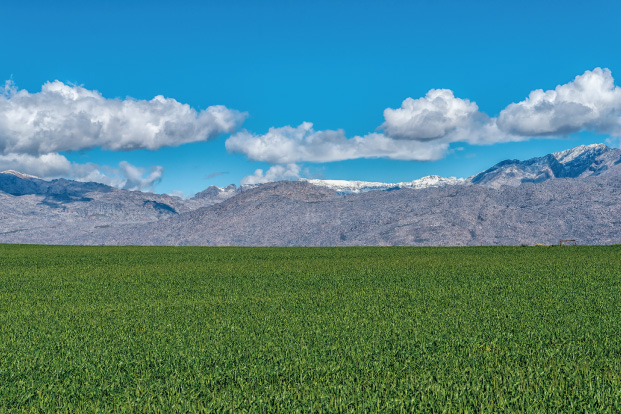Fund farmers, not food

Sunflower pollen has medicinal, protective effects on bees
September 27, 2018
SA’s food and beverage industry a key driver for economic growth
October 1, 2018
During the early years of the current decade, encouraging progress was made in reducing the number of people across the world who suffer from hunger, but the gains made have mostly been wiped out over the past three years.
According to the latest report on global food security, which was released earlier this month by the UN’s Food and Agriculture Organization (FAO), the number of people affected by undernourishment, or chronic food deprivation, is now estimated to have increased from around 804 million in 2016 to nearly 821 million in 2017.
This means, says the report, that one out of every nine people in the world regularly goes hungry. What makes these statistics even scarier is that the report clearly indicates that one of the key drivers behind the recent rise in global hunger, and one of the leading causes of severe food crises, is climate variability and extremes.
According to the FAO report, hunger is significantly worse in countries where farming systems are highly sensitive to rainfall and temperature variability and severe drought, and where the livelihood of a high proportion of the population depends on agriculture.
It states that the number of extreme climate-related disasters, including extreme heat, droughts, floods and storms, have doubled since the early 1990s, and that drought, in particular, causes more than 80% of the total damage and losses in agriculture.
In South Africa we have seen how a few years of drought contributed to accelerated food price inflation. Red meat prices, for example, are still at very high levels due to farmers rebuilding their herds and flocks after the drought.
Food prices have also increased as a result of increases in fuel and electricity prices, as well as the increase in VAT.
Click HERE to read the full article.



